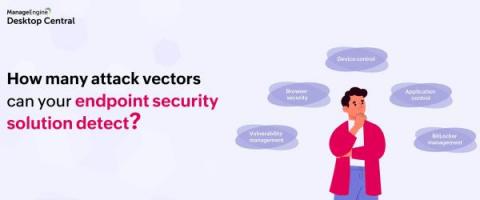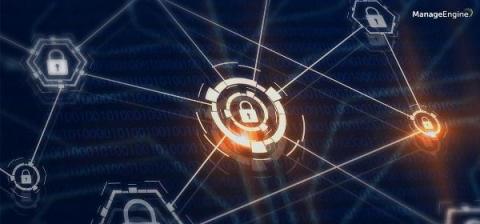Bring down data storage costs by getting rid of obsolete data [Savings estimator]
Redundant, obsolete, and trivial (ROT) data refers to information housed in data repositories that is either not in use or not needed in current business operations. These are files just lying around in your data stores, adding to data storage costs.








